Last year, Apple started a fairly significant revolution in the case of its computers, for which the Apple Silicon project is responsible. In short, Macs stop relying on (often insufficient) processors from Intel, and instead rely on Apple's own chips with significantly greater performance and lower energy consumption. When Apple introduced Apple Silicon in June 2020, it mentioned that the entire process would take 2 years. So far, everything seems to be going well.
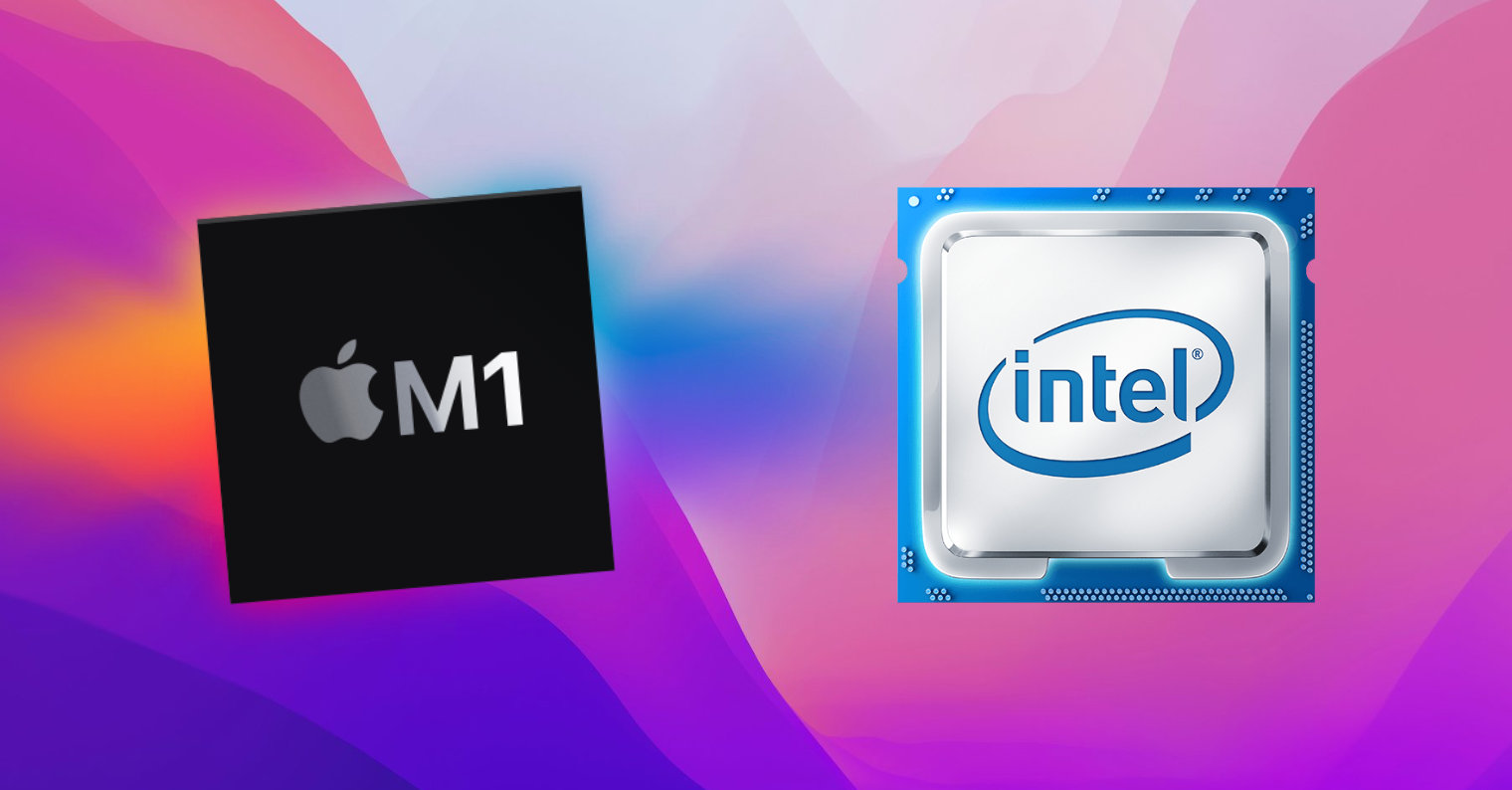
We currently have available, for example, 24″ iMac (2021), MacBook Air (2020), 13″ MacBook Pro (2020), Mac mini (2020) with M1 chips and 14″ and 16″ MacBook Pro (2021) with M1 Pro chips and M1 Max. For clarification, it is also worth mentioning that the M1 chip is a so-called entry-level chip that goes into basic computers, while the M1 Pro and M1 Max are the first truly professional chips from the Apple Silicon series, which are currently only available for the current MacBook Pro. There aren't that many devices with Intel processors left in Apple's menu. Namely, these are the high-end Mac mini, the 27″ iMac and the top Mac Pro. Therefore, a relatively simple question arises - is it even worth buying a Mac with Intel now, at the end of 2021?
The answer is clear, but…
Apple has already demonstrated several times what its Apple Silicon chips are actually capable of. Immediately after the introduction of the first trio of Macs with the M1 (MB Air, 13″ MB Pro and Mac mini), it was able to literally amaze everyone with incredible performance that no one even expected from these pieces. This is all the more interesting when we take into account that, for example, the MacBook Air does not even offer a fan and thus cools passively - but it can still handle development, video editing, playing some games and the like with ease. The whole situation with Apple Silicon then increased manifold with the recent launch of the new 14″ and 16″ MacBook Pros, which completely exceeded all expectations with their performance. For example, a 16″ MacBook Pro with an M1 Max beats even a Mac Pro under certain conditions.
It could be interest you
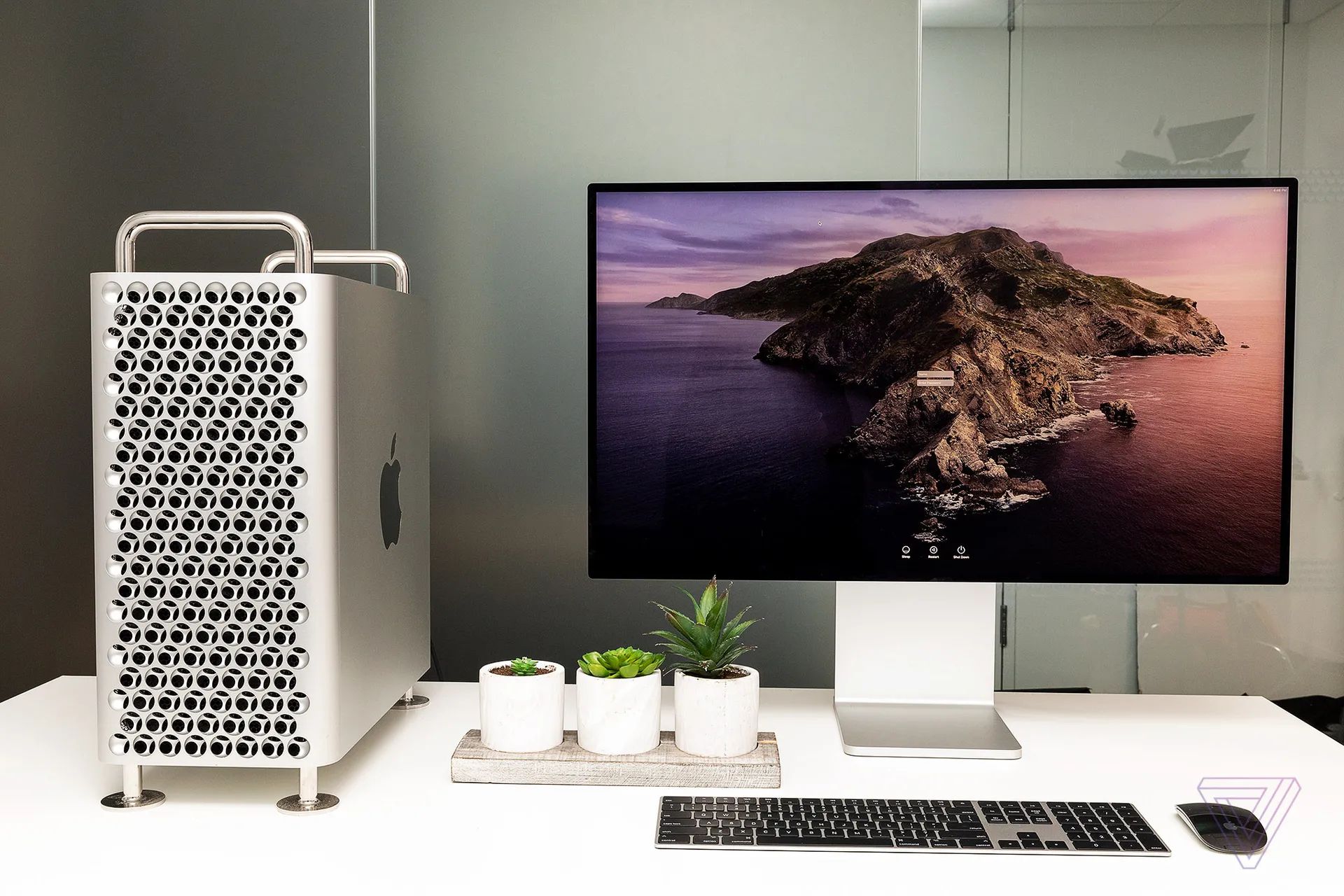
At first glance, it seems that buying a Mac with an Intel processor will not be the best choice. In the vast majority of cases, this is also true. It is now clear to everyone that the future of Apple computers rests with Apple Silicon, which is why Macs with Intel may not be supported for some time, or may not keep up with other models. Up until now, the choice has also been rather difficult. If you needed a new Mac, with the understanding that you need a more powerful machine for your work, then you did not have a very lucky choice. However, that has changed now with the arrival of the M1 Pro and M1 Max chips, which finally fill the imaginary hole in the form of professional Macs with Apple Silicon. However, it is still only a MacBook Pro, and it is not entirely clear when, for example, a Mac Pro or a 27″ iMac could see a similar change.
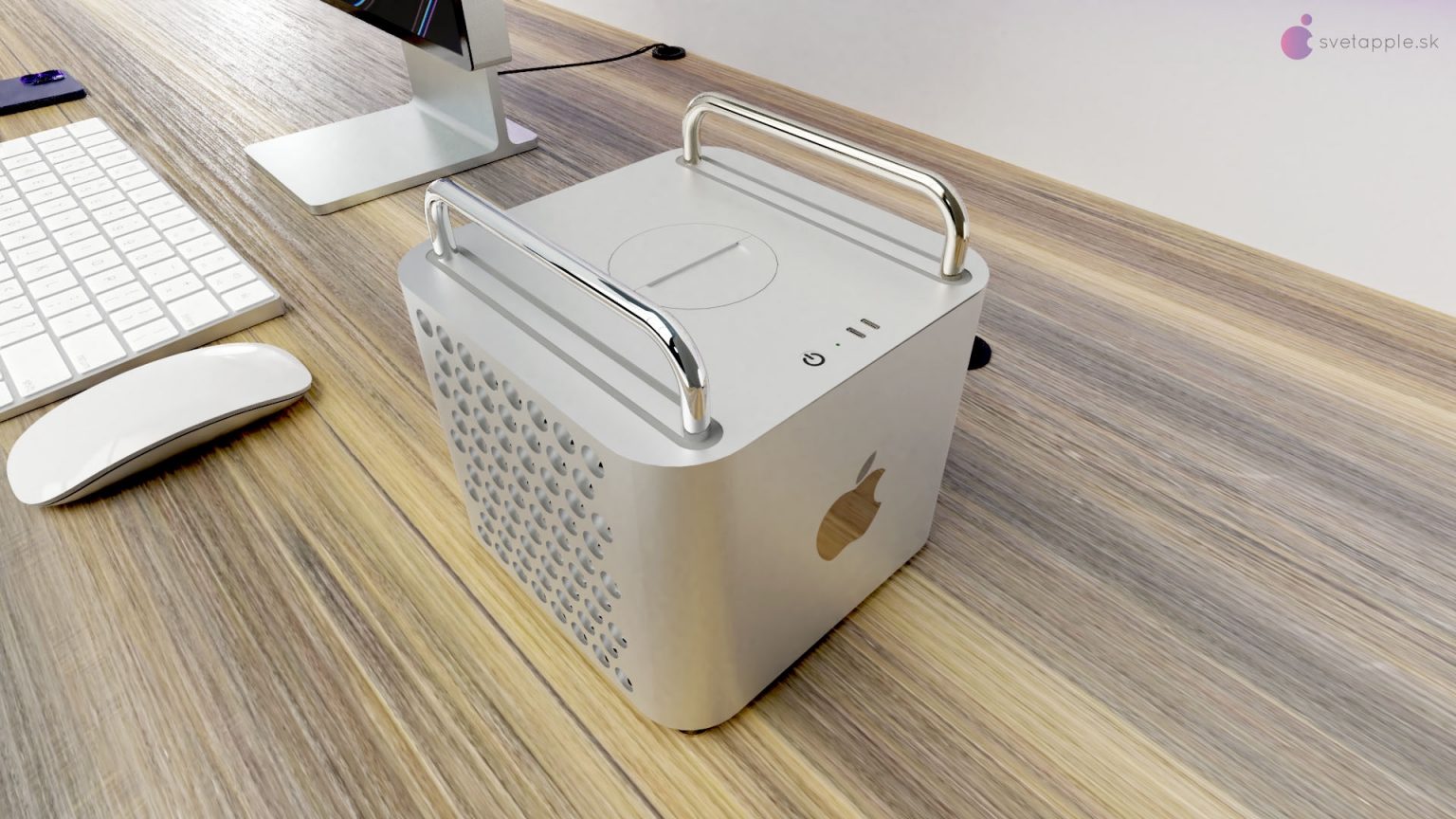
However, those users who need to work with Bootcamp at work and thus have access to the Windows operating system, or possibly virtualize it, have a worse choice. Here we run into a huge shortage of Apple Silicon chips in general. Since these pieces are based on a completely different architecture (ARM), they unfortunately cannot cope with running this operating system. So if you're addicted to something similar, you'll either have to settle for the current offer, or switch to a competitor. However, in general, buying a Mac with an Intel processor is not recommended anymore, which is also indicated by the fact that these devices lose their value extremely quickly.
It could be interest you

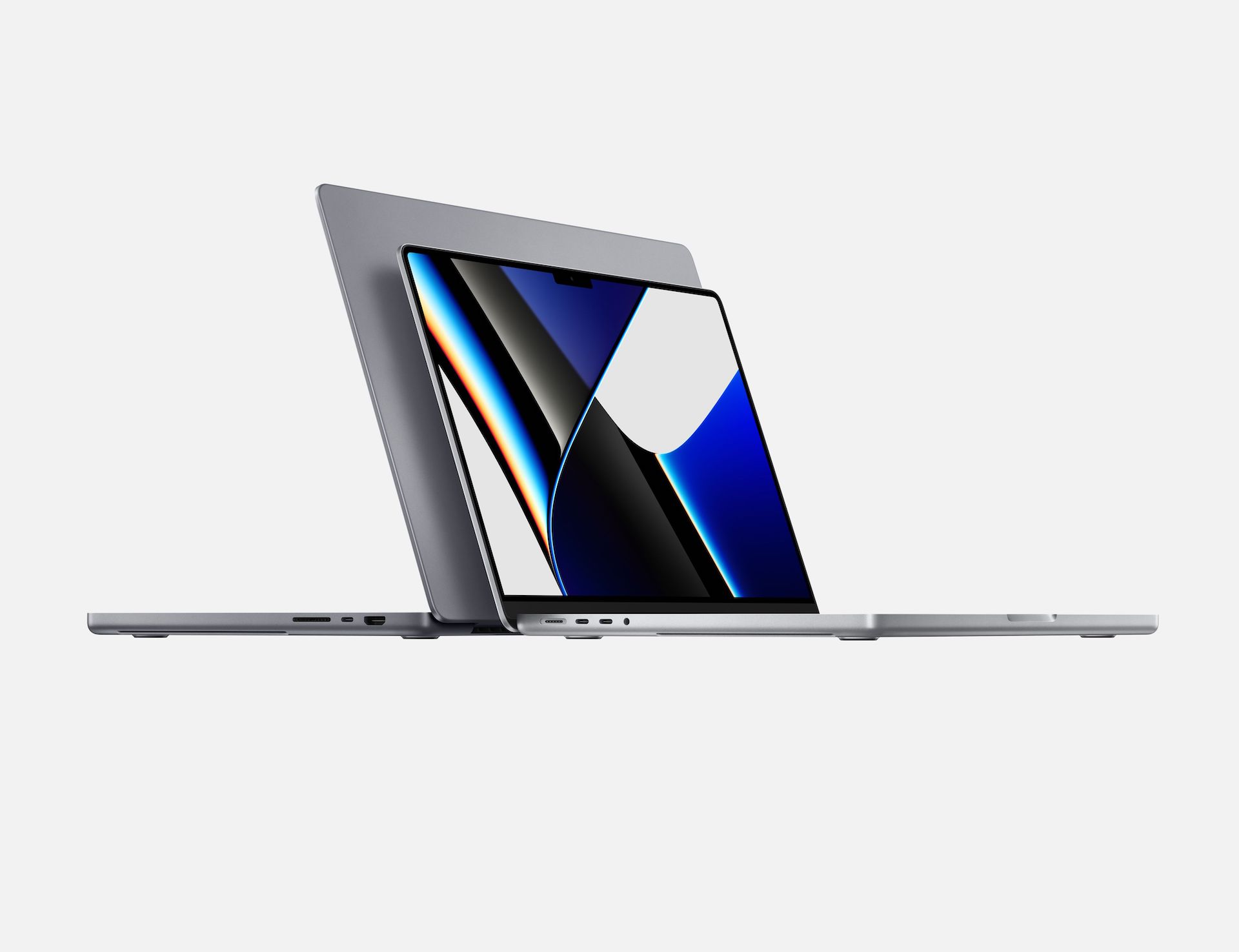
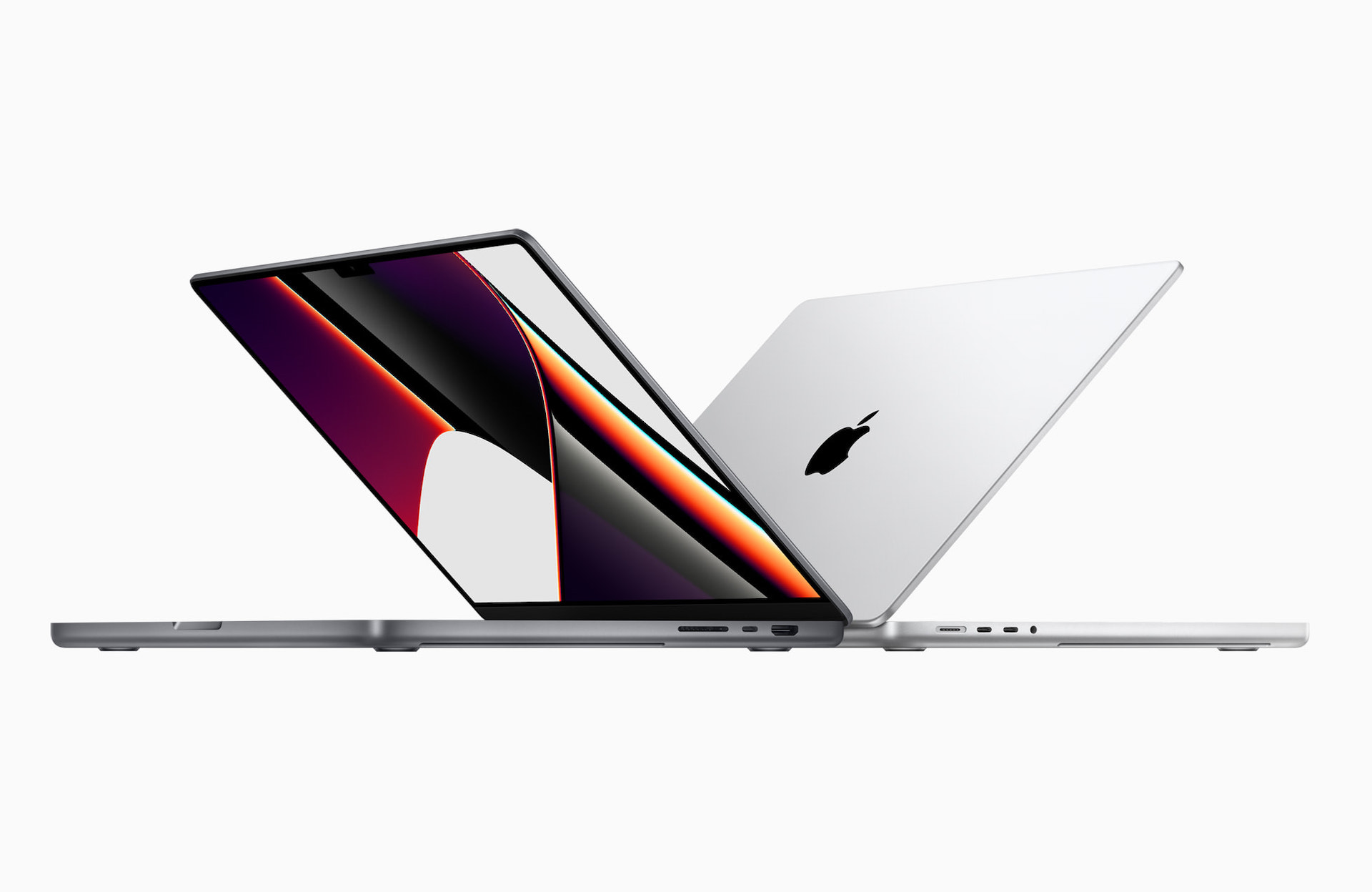


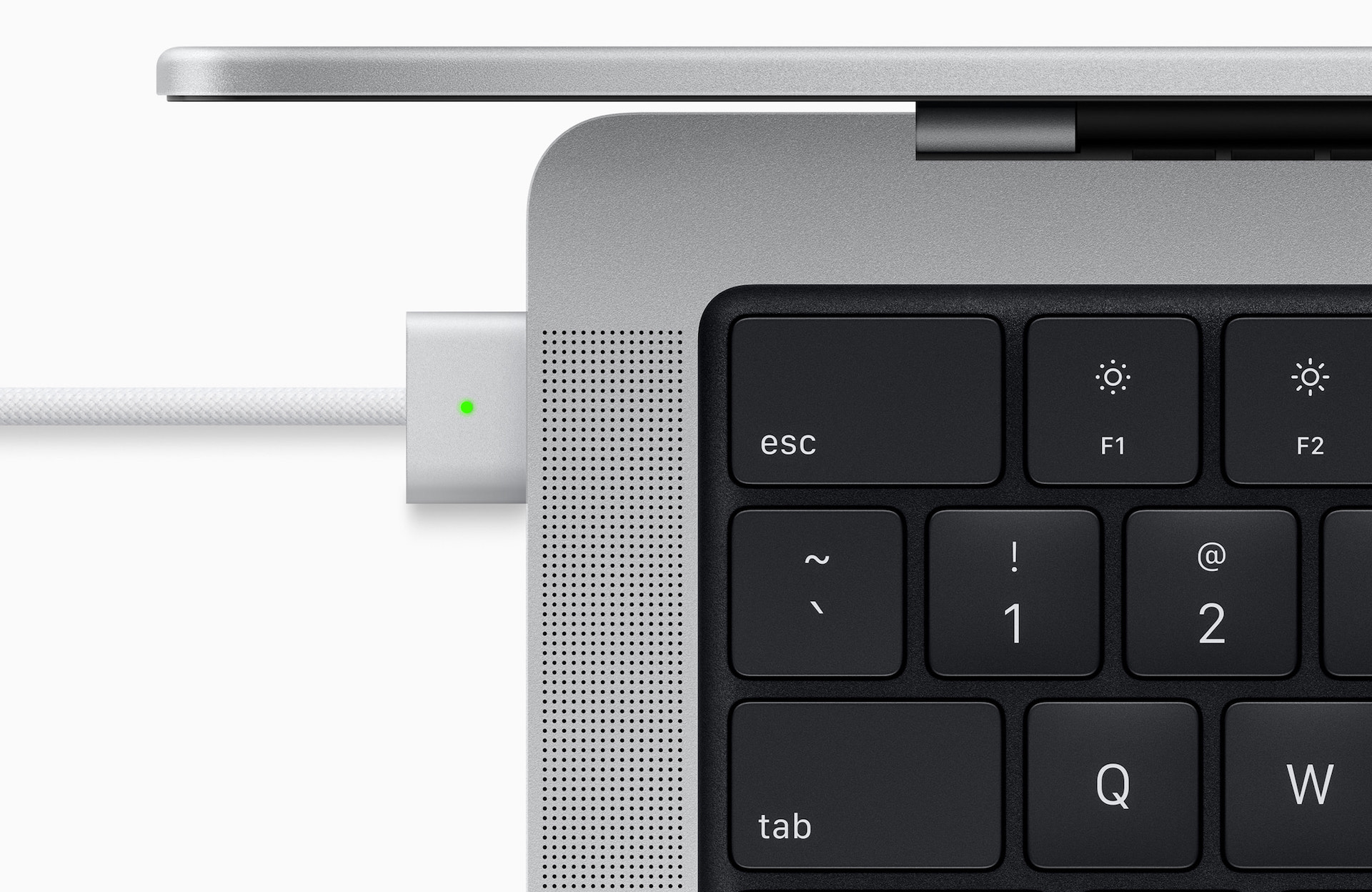

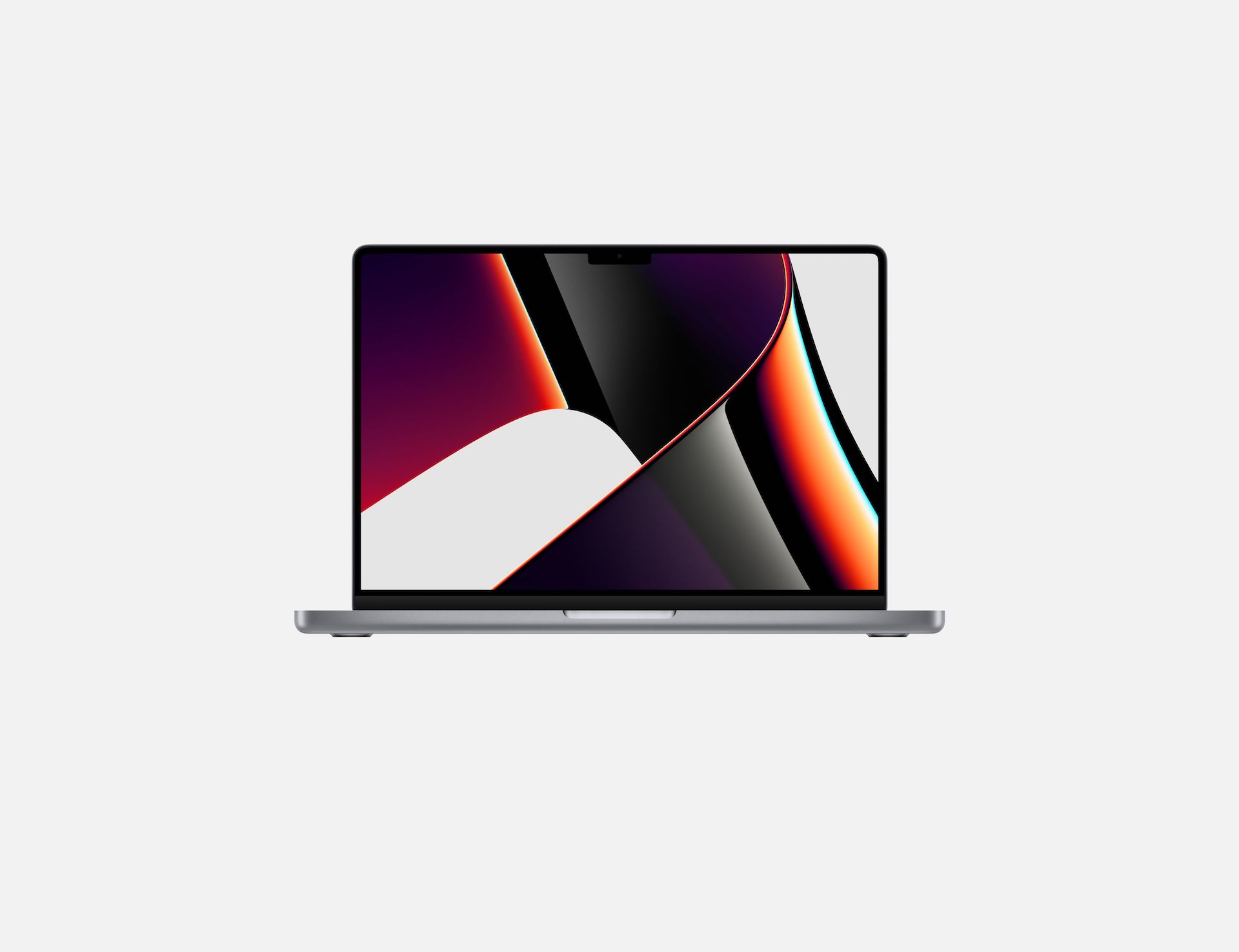
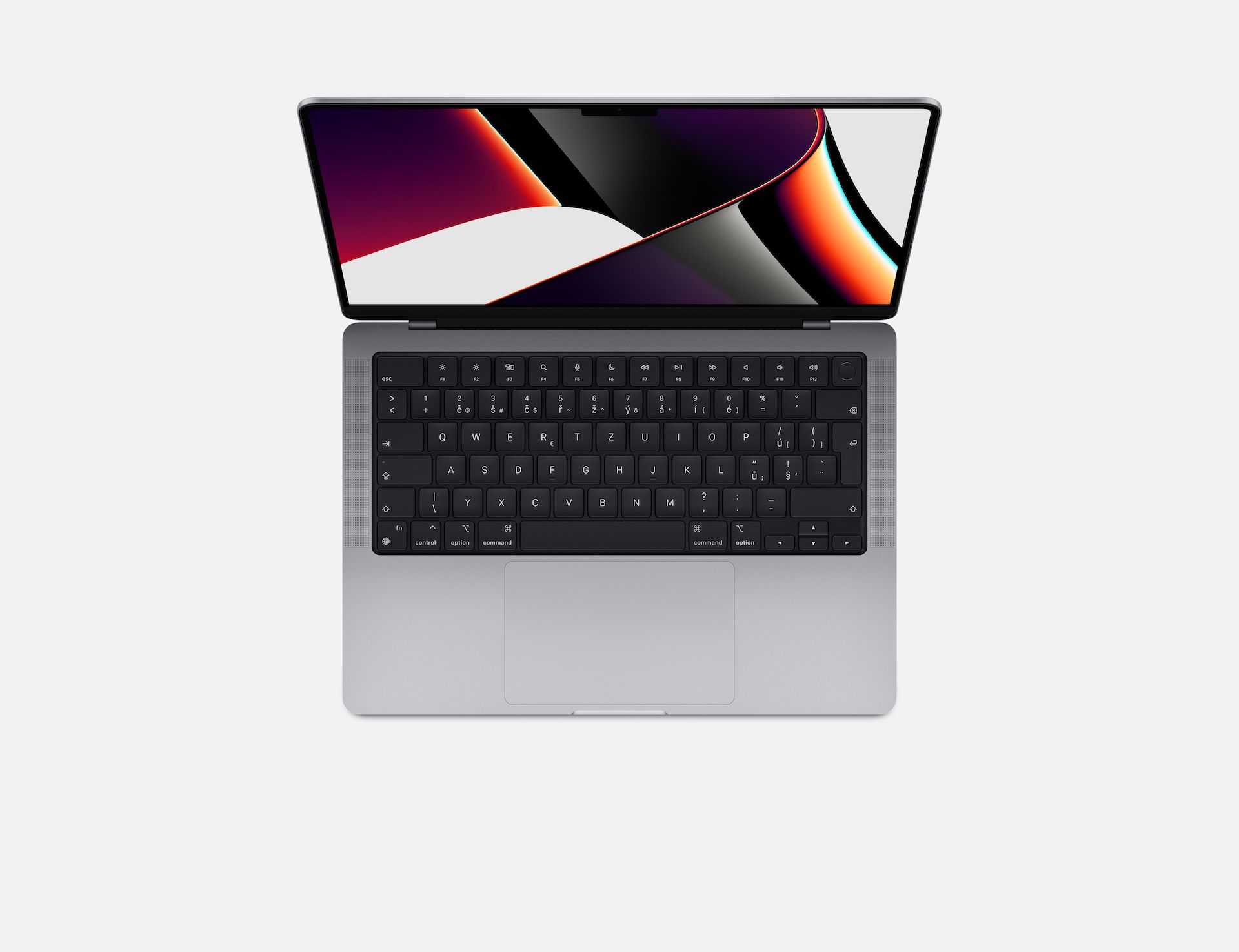
Virtualization is also possible on M1 (PRO, MAX). But only the so-called Insider Program from Microsoft. So it is not the final version of Windows and currently it is only Windows 11. Even Microsoft has a kind of translator in the style of Apple's Rosetta, but not nearly as good. While it can handle 32-bit applications quite easily, 64-bit ones are a bit of a different story and it depends on the application. Also, Parallels Desktop still doesn't support DirectX 12, so if you need it, it's not for you.
Linux can be virtualized in the same way, which, unlike Windows, has its own versions of various distributions for ARM, so it's practically no problem there. But then again, it has only been tested very superficially, so if someone needs it for some serious work, they definitely have to check it themselves.